We may earn money or products from the companies mentioned in this post. This means if you click on the link and purchase the item, I will receive a small commission at no extra cost to you ... you're just helping re-supply our family's travel fund.
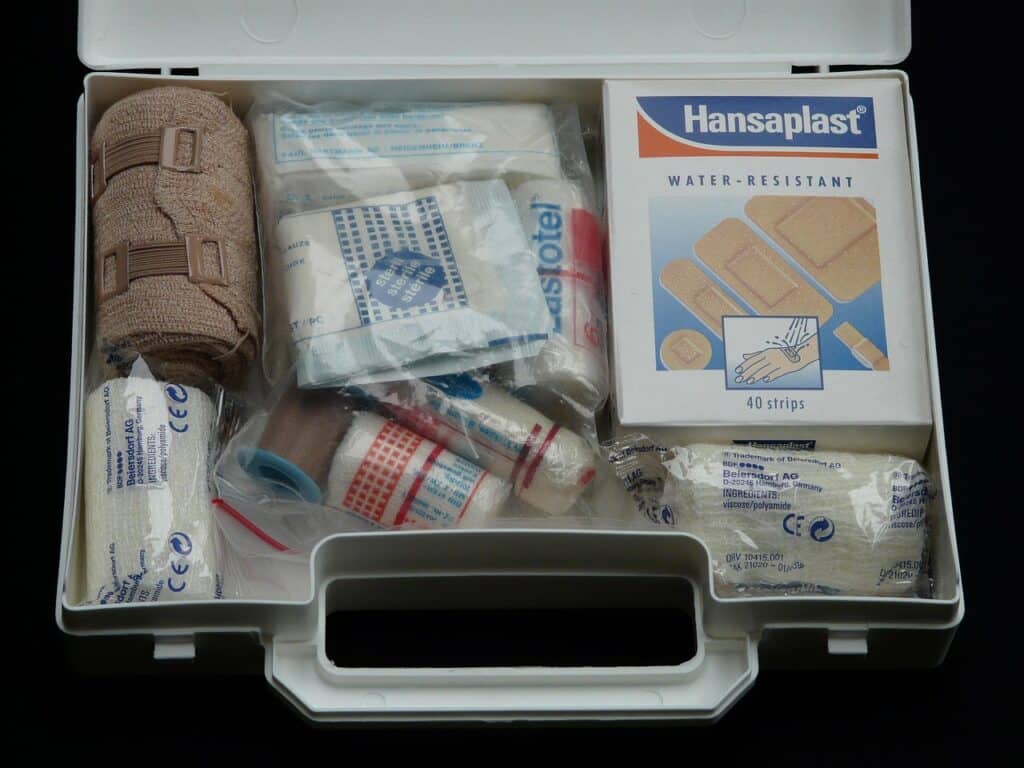
Whether you’re flying across continents or road-tripping locally, a well-stocked travel health kit is your silent safety net. Studies show that over 65% of travelers face some form of minor illness while abroad, from headaches to food-related issues. Packing smartly means focusing on necessity over quantity. Here’s a detailed look at what you should include and what’s best left out to keep your journey healthy, light, and worry-free.
1. Essential Over-the-Counter Medications
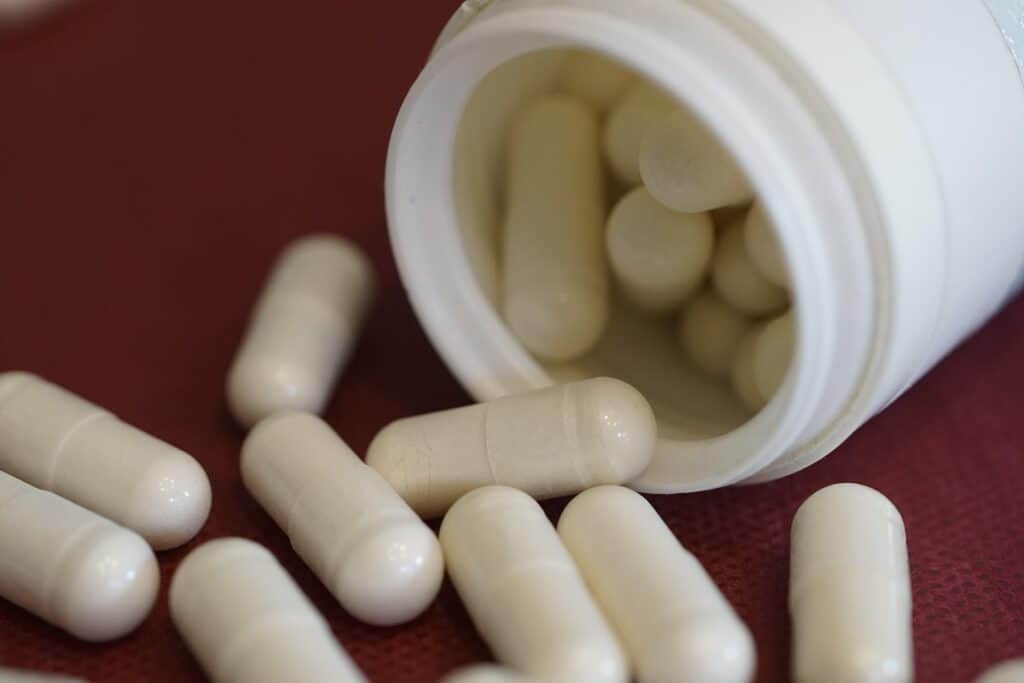
Basic medications are non-negotiable when traveling. Include pain relievers such as ibuprofen (200–400 mg) or acetaminophen (500 mg) for headaches or muscle strain. Add antihistamines for allergies, motion sickness pills, and antacids for digestive relief. According to CDC data, nearly 30% of travelers experience mild gastrointestinal issues abroad. Pack small, labeled containers to save space and ensure easy airport screening while keeping them within easy reach during flights.
2. Prescription Medications and Medical Records
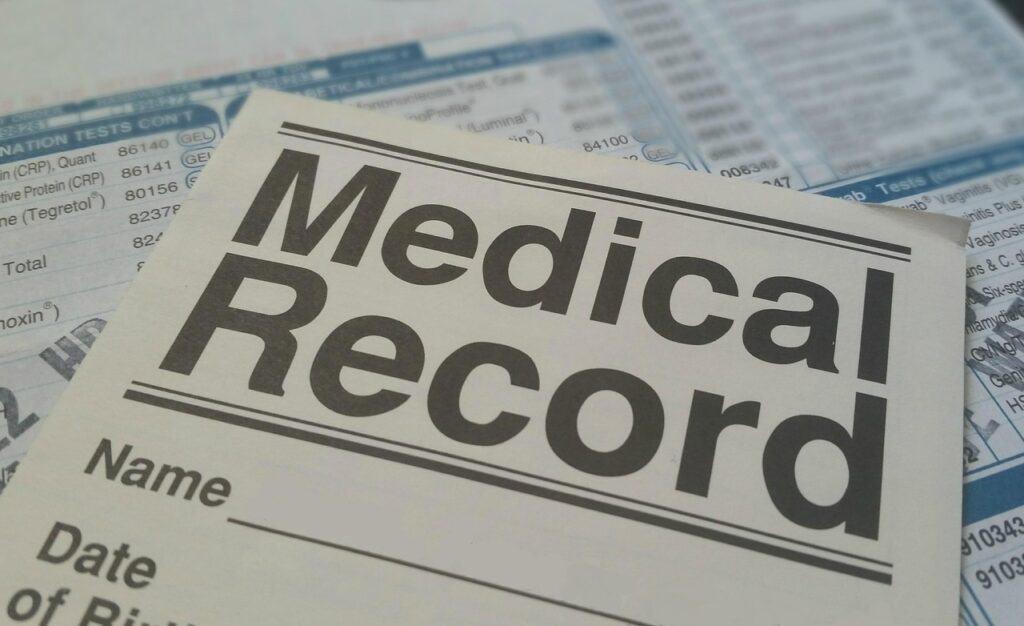
Always bring enough prescription medicine to last your trip plus an extra 7–10 days in case of delays. Keep medications in original packaging and carry printed prescriptions with generic names for international use. Over 40% of travelers forget key documentation, causing problems at customs or when seeking refills. A doctor’s note, digital copies on your phone, and a travel letter detailing dosage and conditions can save you hours of stress if an emergency arises abroad.
3. Compact First Aid Essentials

Accidents happen anywhere, and a first-aid kit ensures quick fixes for minor injuries. Include adhesive bandages, antiseptic wipes, antibiotic cream, gauze, tweezers, and medical tape. Statistics show that about 1 in 5 travelers encounters minor cuts, blisters, or insect bites. If you plan on hiking or outdoor travel, pack elastic wraps and blister plasters too. Check expiration dates every six months, expired antiseptics or creams lose effectiveness when you need them most.
4. Hygiene and Disinfection Tools
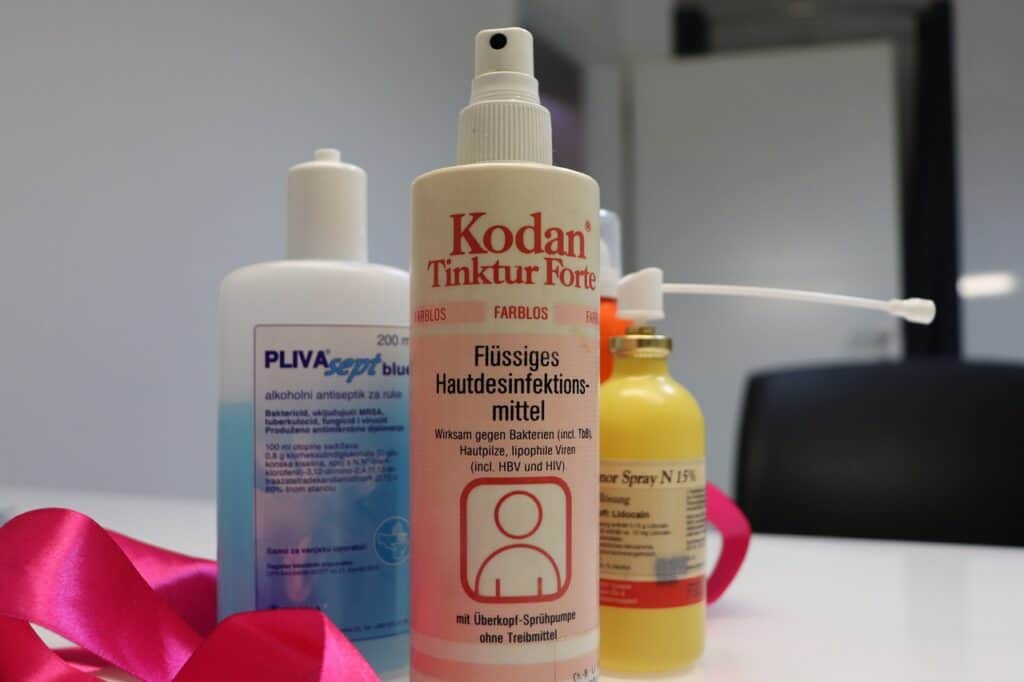
Maintaining hygiene while traveling can prevent over 50% of common illnesses, especially gastrointestinal and respiratory infections. Include travel-sized hand sanitizer (at least 60% alcohol), wet wipes, a bar of antibacterial soap, and tissues. For questionable water sources, carry iodine tablets or a filtered bottle with a 0.1–0.2 micron filter. Avoid overpacking cleaning items, airports and hotels often provide basic hygiene kits. Stick to essentials that fit in a resealable waterproof pouch.
5. Sun Protection and Skin Care
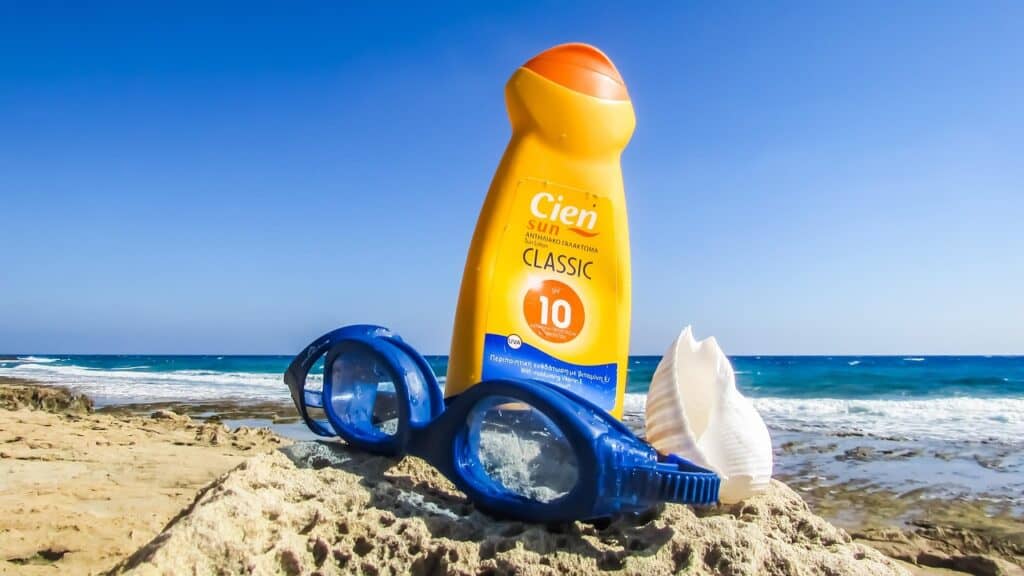
UV exposure increases by 5–7% for every 1,000 feet gained in altitude, making sunscreen vital even on cloudy days. Choose a broad-spectrum SPF 30+ sunscreen, lip balm with SPF, and soothing aloe gel for sunburn. A small hydrocortisone cream helps relieve rashes or insect bites. Limit your kit to travel-sized containers under 100 ml to comply with TSA rules. Skin protection is not just comfort, it prevents premature aging and painful burns on long journeys.
6. Insect Repellent and Bite Treatments

Mosquito-borne illnesses affect over 700 million people each year, making repellent a crucial travel item. Use one containing 20–30% DEET or 20% picaridin for reliable protection. Include bite-relief creams or ammonia-based pens for itching. If you’re traveling to tropical or rural areas, pack permethrin-treated clothing for extra defense. Avoid bringing multiple repellents, one quality formula is enough. Store it separately from sunscreen to avoid chemical interaction and leaks in your bag.
7. Hydration and Digestive Health Supplies

Dehydration affects roughly 50% of long-haul travelers, often due to dry cabin air or climate shifts. Pack electrolyte packets, oral rehydration salts, and probiotic capsules to maintain gut balance. Add mild laxatives or antidiarrheal tablets in small blister packs. Skip sugary sports drinks, they offer little beyond empty calories. Keeping hydration balanced can prevent fatigue, dizziness, and headaches during transit, helping you adjust faster when switching time zones or temperatures.
8. What to Skip from Your Health Kit
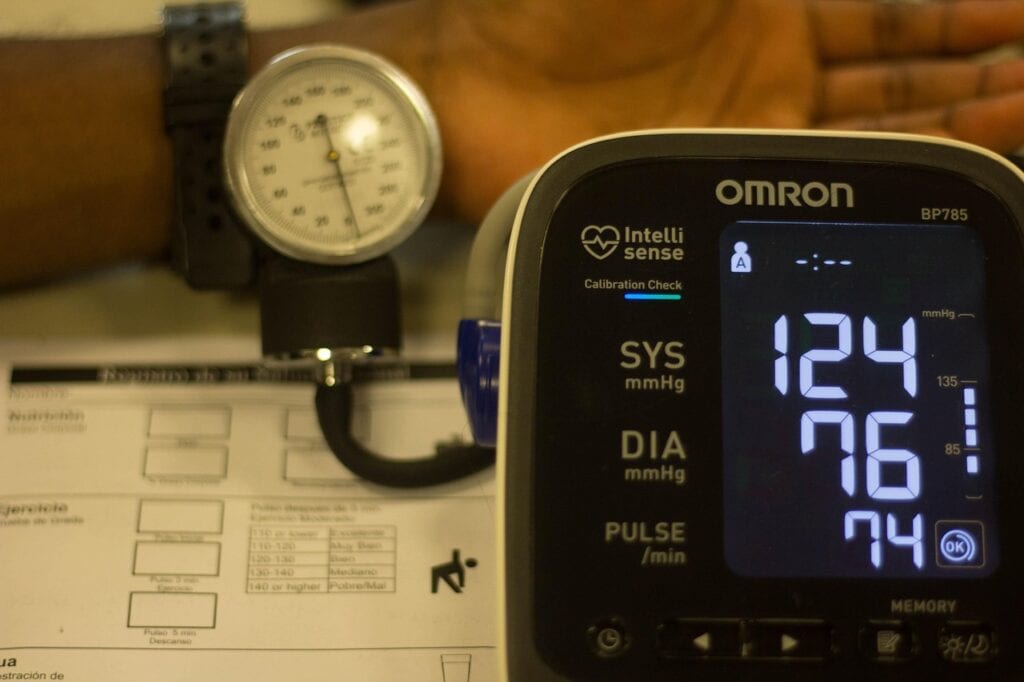
Packing light means knowing what not to include. Bulky medical gear like thermometers, splints, or blood pressure monitors adds unnecessary weight. Over 80% of urban destinations have pharmacies or clinics for non-emergency needs. Avoid unlabeled pills or expired meds; they can cause trouble at airport checks. Skip trendy “immune boosters” or herbal mixes without verified efficacy. A well-curated, under 1 kg kit ensures you carry what’s useful and not what just fills space.